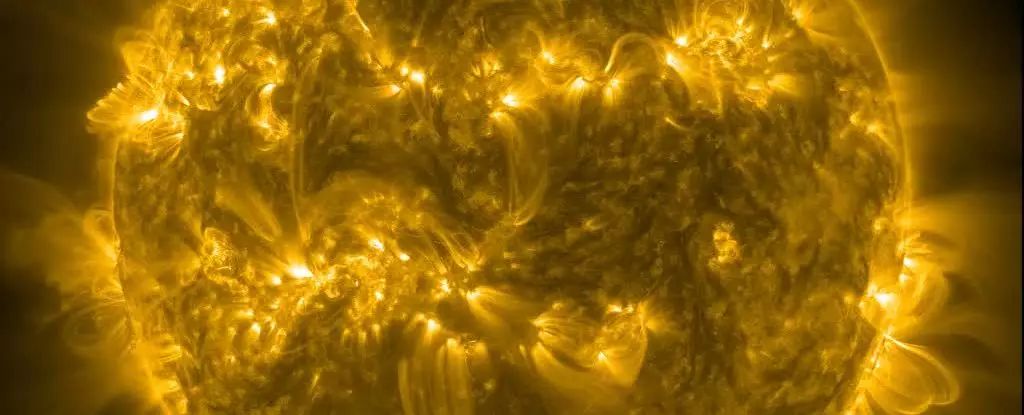The Sun’s activity cycle, known as the Schwabe cycle, has been a topic of intrigue and mystery for scientists. It undergoes dramatic transformations every 11 years or so, ranging from periods of minimal activity to peaks of intense solar flares and coronal mass ejections. While the Sun’s internal dynamo generates this cycle, recent findings suggest that external influences, particularly the gravitational interactions with the planets in our Solar System, may also play a significant role in shaping the Sun’s heartbeat.
A Dance of Planets and Sun
Researchers have proposed a controversial planetary hypothesis, suggesting that the alignment of Venus, Earth, and Jupiter every 11.07 years may exert a gravitational pull on the Sun, subtly influencing its activity cycle. This weak effect, although unlikely to directly impact the solar interior, could serve as a synchronization mechanism for the Sun’s dynamo. Additionally, the discovery of giant vortical waves called Rossby waves in the Sun has provided further evidence for this planetary influence. These waves, similar to Earth’s atmospheric Rossby waves, could transfer energy to the Sun and help synchronize its internal cycles.
In addition to the Schwabe cycle, researchers have also linked the alignment of any two of the three planets to the occurrence of Rieger cycles – periods of increased solar flare activity lasting 150 to 160 days. Mathematical modeling has supported these findings, demonstrating the impact of planetary alignments on both the Schwabe and Rieger cycles. Furthermore, every 193 years, fluctuations in the Sun’s magnetic field strength, known as the Suess-de Vries cycle, align with the double Schwabe cycle and the periodic motion of the Sun around the Solar System’s center of gravity.
While the role of the planets in influencing the Sun’s activity cycle is intriguing, it is important to recognize that the Sun is a complex and dynamic entity with many internal processes at play. The researchers behind these findings acknowledge the need for further data and research to solidify their conclusions. Models, while useful for understanding complex phenomena, are still rough approximations that require validation through observation and experimentation.
The notion of the Solar System’s influence on the Sun’s heartbeat opens up new avenues for exploration and discovery in solar physics. By uncovering the potential connections between planetary alignments and solar activity cycles, scientists may gain a deeper understanding of the Sun’s behavior and the factors that drive its complex rhythms. As research in this field progresses, we may come to appreciate the intricate dance between the planets and our nearest star, shedding light on one of the long-standing mysteries of the universe.


Leave a Reply